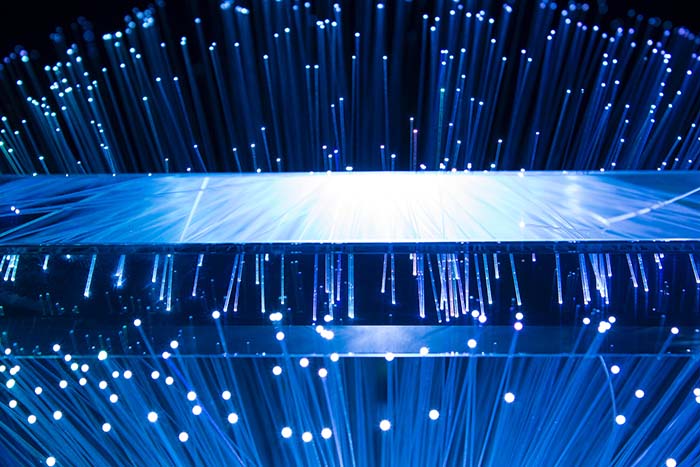If you try to google the definition of experimental animation you will probably run to numerous sites where experimental animation is represented mostly through works, and not in so many words. But what is so baffling about this type of animation that makes it difficult to define? What is experimental animation?

Experimental animation defined
Most attempts at defining experimental animation start with the revisits of the general definition of animation. However, a rapid succession of sequential images that create the illusion of movement – the usual definition of animation – can hardly explain what experimental animation is.
If you want to understand it, you need to look beyond the usual technical explanation - after all, we talk here about a type of animation - and detect what makes it unique from other sequential images combined together.
In contrast to mainstream animation, experimental animation challenges our perception and emotions. It often lacks a clear narrative structure - you often cannot anticipate what will happen next. It routinely breaks down the basic principles of audio and video comprehension so you’ll have a difficulty to describe what you are seeing or hearing. It constantly challenges you to look and hear with utmost attention, so that you can grasp the visual richness it offers you in full.
It is made of images showed in succession, but those images do not necessarily create a comprehensive story. Oftentimes they create a completely new world removed from anything we saw before and know to exist. In the same way as an experiment in science pushes the limits of our knowledge, experimental animation goes after our patterns of visual comprehension and literacy.
The story about experimental animation
Early animation experimentalists
With modern times came also the experiments in various creative fields such as dance, theatre, music, and cinema. Artists of the avant-garde movements questioned the established norms and played with the modes of expression in a way that made them notorious at the time, but also became revered by the later generations.
First experiments in animation were made by painters such as Viking Eggeling, Léopold Survage, and Walter Ruttmann. Survage famously proclaimed that he wants to animate his paintings and to create a new visual art of “colored rhythm and rhythmic color”. The first completed experimental animation was made by Ruttmann in 1921 on a 35mm film for Lichtspiel Opus I film, while another notable early experiment is Diagonal Symphony by Viking Eggeling from 1924 - a short experimental animation about time intervals in the film medium.
Viking Eggeling – Diagonal Symphony
Among the institutions that helped the development of experimental animation is the California Institute of the Arts and its Founding Director Jules Engel. Engel worked for Disney before becoming the leading figure of the Institute and the mentor of many students who would go on and explore the world of experimental animation.
Experimental animation today: From big studios to independent practice
Last year Pixar announced that it will start an experimental department that will focus on the creation of short animations in order to “explore new creative visions and increase studio opportunities.” It seems that experimental animation is on the rise, as even the big studios are reaching into the world of experimentals to help them generate new ideas.
In the last 15 years, technology and education have advanced so much that today you can create your own animation without the assistance of big studios. This also means that animated works are now sillier, stranger, or scarier than ever before, creating a wonderful theatre of styles, narratives, and astounding visuals.
Being part of the experimental fine art practice, experimental animation has often been neglected or considered only in relation to cinema studies. As animations are often being seen as cartoons, it is even harder for its experimental part to be seen as outside of the experimental film canon. Perhaps in the future a more elaborate research of experimental animation will be conducted, that will include the disciplines of art, philosophy, and cinema. This would facilitate also its more accurate definition.
Until that happens, we can enjoy the best pieces of experimental animation such as the amazing Swap Meet created as a collaborative project of 14 animators.
Swap Meet
Back to Introbrand
Featured image: Photo by John Adams on Unsplash.
External links:
